

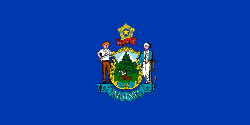
The first English settlement in Maine was established in 1623. Nearly 150 years later, the first naval action of the Revolutionary War took place in 1775 when the colonials captured a British sloop. The British didn't take to kindly to this so they burned Falmouth (now called Portland).
Maine produces a large quantity of fresh produce, including low-bush blueberries, apples, potatoes, dairy, poultry and eggs. With 89% of the state forested, Maine turns out wood products ranging from boats to toothpicks (I guess it's all important).
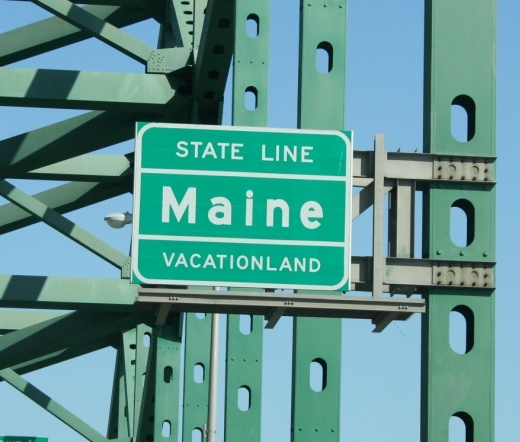
Of course Maine is well known for its lobster (and the real reason Adam wanted to visit), with Maine lobstermen landing nearly 63 million pounds of lobster per year.
Maine is a popular vacation spot, with scenic coastline, beaches, mountains and resorts. To top it off there are over 2,500 lakes and 5,000 streams so I hope you like fishing or canoeing. Major points of interest include: Bar Harbor, Acadia National Park, Wadsworth-Longfellow House, Roosevelt Campobello International Park and the St. Croix Island National Monument.
As mentioned above, I think the main reason that Adam wanted to visit there was to eat Lobster. It certainly didn't disappoint. We also visited Boothbay Rail Museum and just were spell bound by the vast array of colors that are produced during the Fall time in the New England area.
There is a postcard picture around every corner all the way up the New England coast line. We stopped off shortly after crossing into Maine to check out the sights and also a few of the light houses. There are houses and bed and breakfast accommodation stops nearly as often as there are light houses in this part of the country. I guess you might as well cash in on the view when you can.
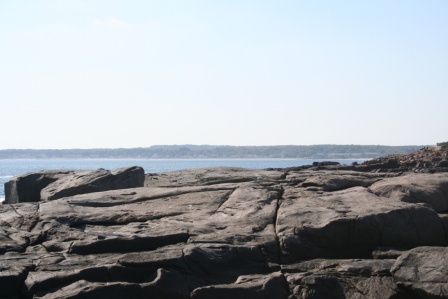 |
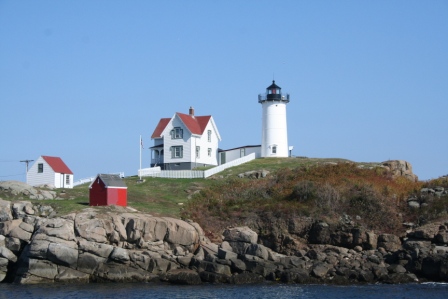 |
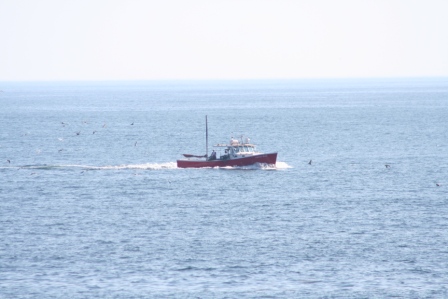 |
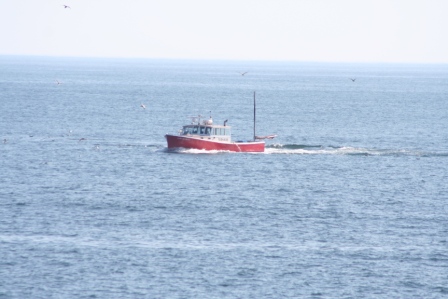 |
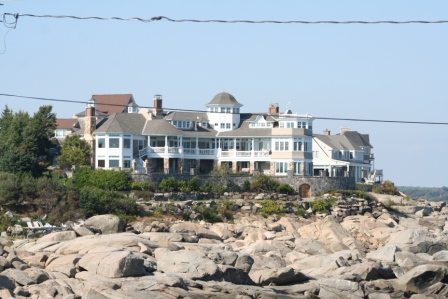 |
|